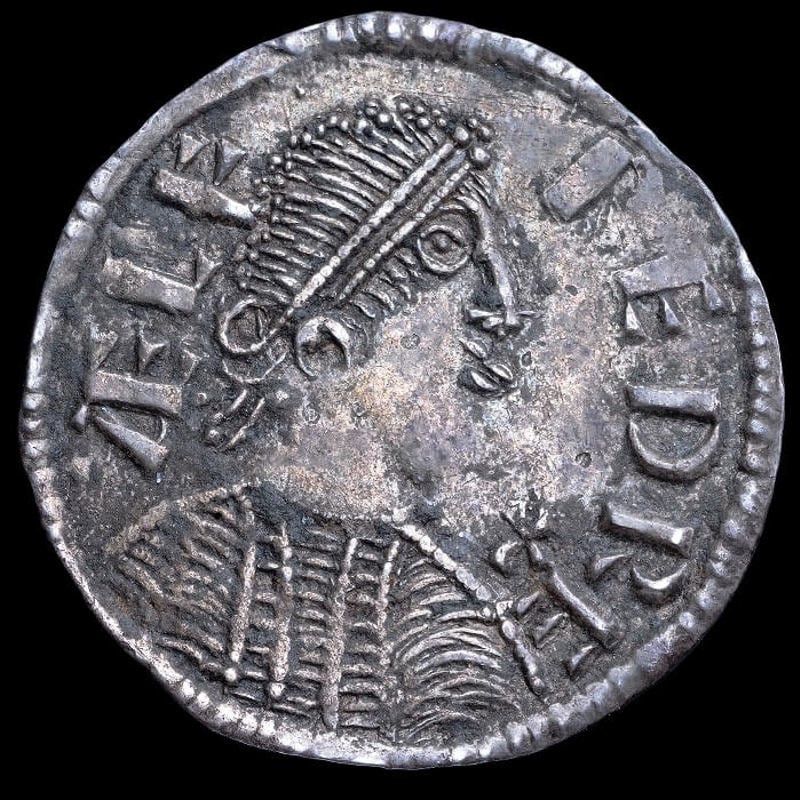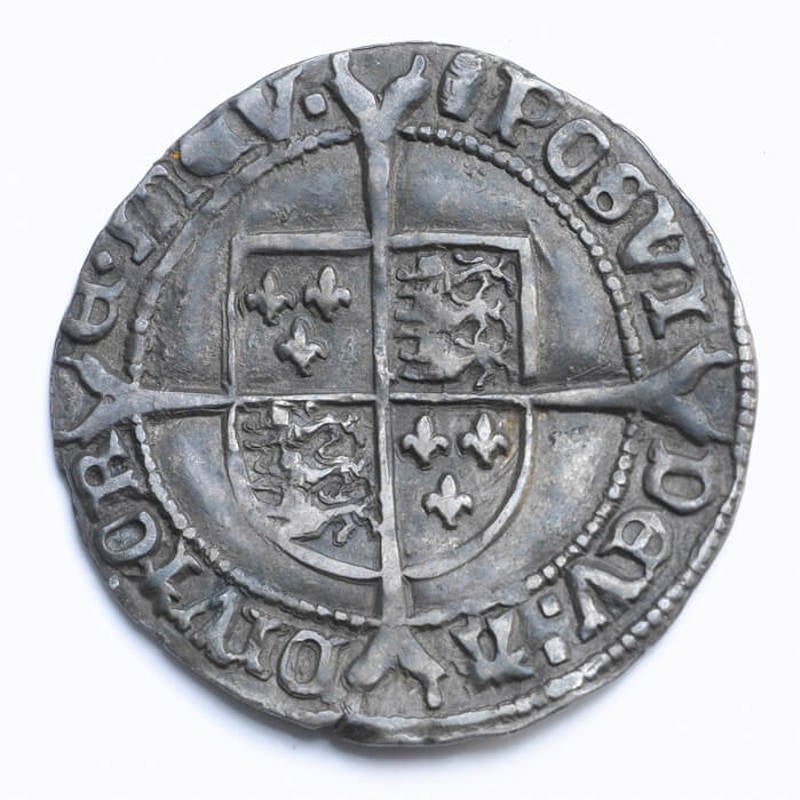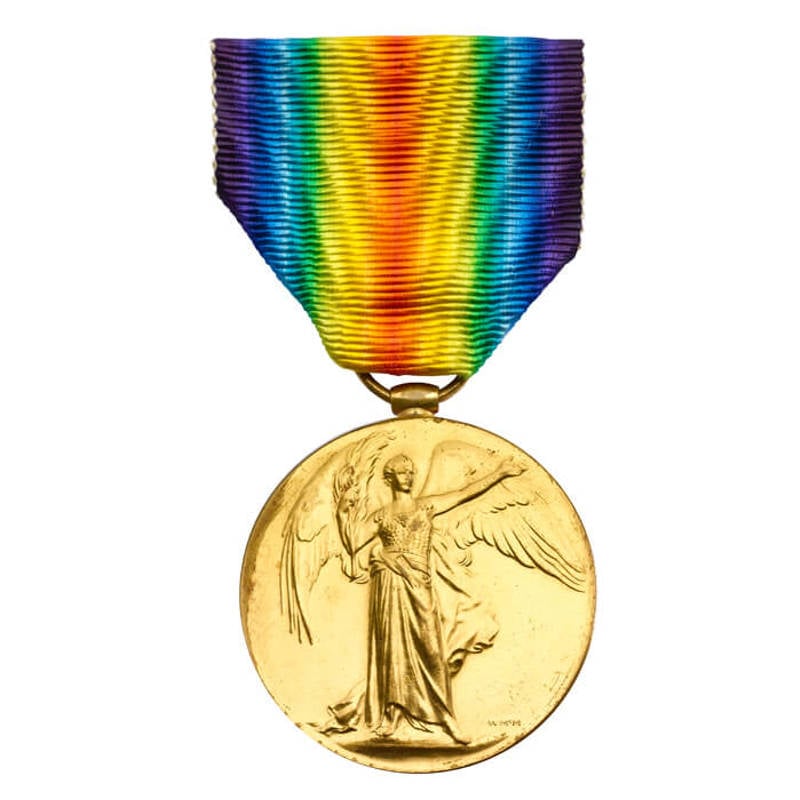The Mint and the First World War
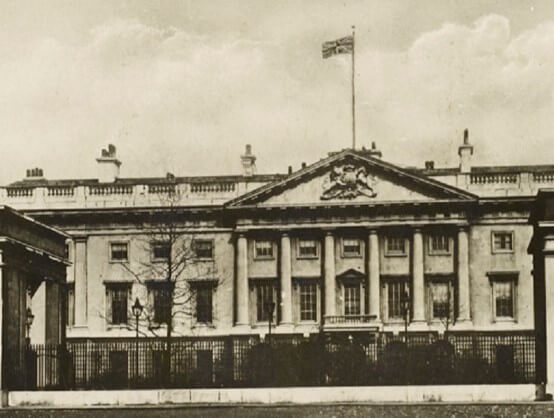
The façade of the Royal Mint at Tower Hill in the early 20th century.
The Royal Mint could not - and did not - escape the massive impact of the First World War.
Within days of its outbreak the Government had issued Treasury notes for ten shillings and one pound and as the conflict went on the public were encouraged to give up their gold to aid the British war effort. More and more sovereigns disappeared from circulation and by 1917 their production ceased completely.
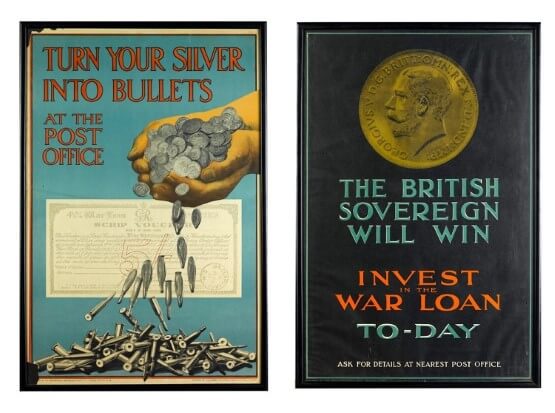
People were encouraged to invest in government loans at the Post Office and colourful posters, such as these two from the Museum collection, were devised to inspire generosity.
But the disappearance of gold from circulation was more than made up for by a large increase in the demand for silver and bronze coinage. The 188 million coins struck in 1914 rose to 267 million by the end of the war, placing a huge strain on the Mint’s capacity. The government even contemplated bringing two private Mints in Birmingham under the direct control of the Royal Mint to ensure production targets were met.
Whilst this did not happen, both mints were given substantial contracts to produce bronze pennies which were struck with distinctive mintmarks by the date, KN for King’s Norton and H for the Mint Birmingham Limited, formerly Heaton’s.
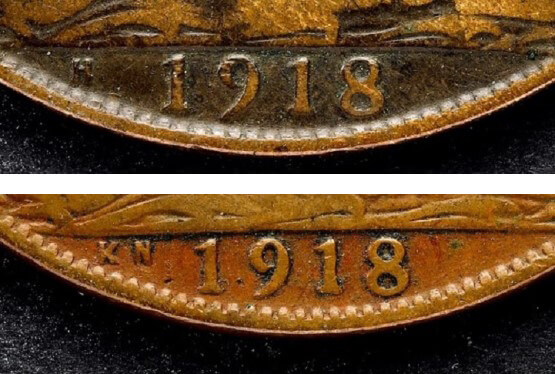
Bronze pennies of 1918 featuring the KN and H mintmarks of the King’s Norton and Birmingham Mints.
The Mint’s skilled resources were diverted to precision munitions work. In addition, the factory was responsible for striking medals for the armed forces. Production during the war would reach an unprecedented 100,000 pieces a year, but the brunt of the work came once the war was over, with orders for millions of War and Victory medals. The task was enormous, so much so that work had to be sub-contracted to Woolwich Arsenal.
All this activity placed a great strain on Mint staff. The expansion of output meant that Bank Holidays and annual leave were cancelled and staff worked extremely long hours. William Hocking, senior staff member and first Curator of the Royal Mint Museum, was not alone in feeling the ‘converging pressure here for money, munitions and medals’.
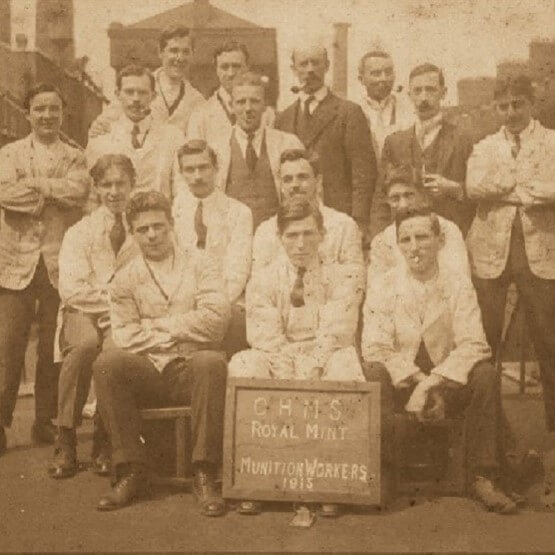
Munitions workers at the Royal Mint in 1915.
Many workers were called up to fight in the armed services. Their expertise might be particularly useful, as in the case of George Gelder, who joined the Mint in February 1913 and worked in the Assay Department as a Laboratory Attendant. He enlisted in June 1915 and served as a Corporal in the Royal Engineers, working as a chemist in the 188th Special Company. This was one of four such companies responsible for Britain’s chemical war effort and it would appear that George’s skills in the laboratory were recognised and employed to the full. Sadly, George never made it back to the Mint, dying in December 1915.
Mint staff who enlisted were not forgotten whilst they were away. In such a tightly knit community the death of colleagues in action must have been acutely felt, as with William Whitehouse, a temporary Third Class Workman in the Rolling Room. He entered Mint service prior to the start of the conflict before enlisting in the South Wales Borderers in June 1915. Details of William’s death in September 1918 are listed in the Royal Mint records as having been provided by his own brother John Whitehouse, who was an engraver in the Die and Medal branch.
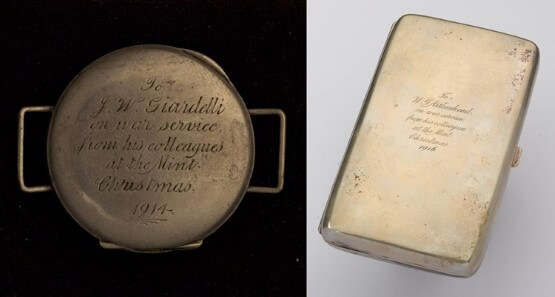
Joseph Giardelli received an engraved watch from his colleagues at Christmas 1914 and W.G. Aitkenhead was sent a cigarette case at Christmas 1916.
As well as the loss of life overseas, the Mint suffered tragedy closer to home. On 13 June 1917 it was struck during the first daytime air raid on London. Unlike earlier Zeppelin raids this was carried out by 20 high-flying Gotha bombers. They began their bombardment in East Ham and the Royal Albert Docks before continuing west and dropping 72 bombs in 2 minutes within a 1-mile radius of Liverpool Street Station. The planes then split into two groups, one of which headed south and, before crossing the Thames at Tower Bridge, bombed the Royal Mint factory buildings.
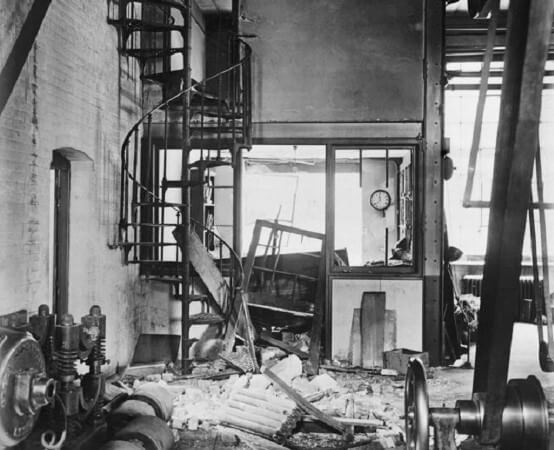
Four Mint workmen lost their lives, among them young Albert Henry Crabb, who had entered Mint service barely a year previously and was killed a few months short of his 18th birthday.
You might also like
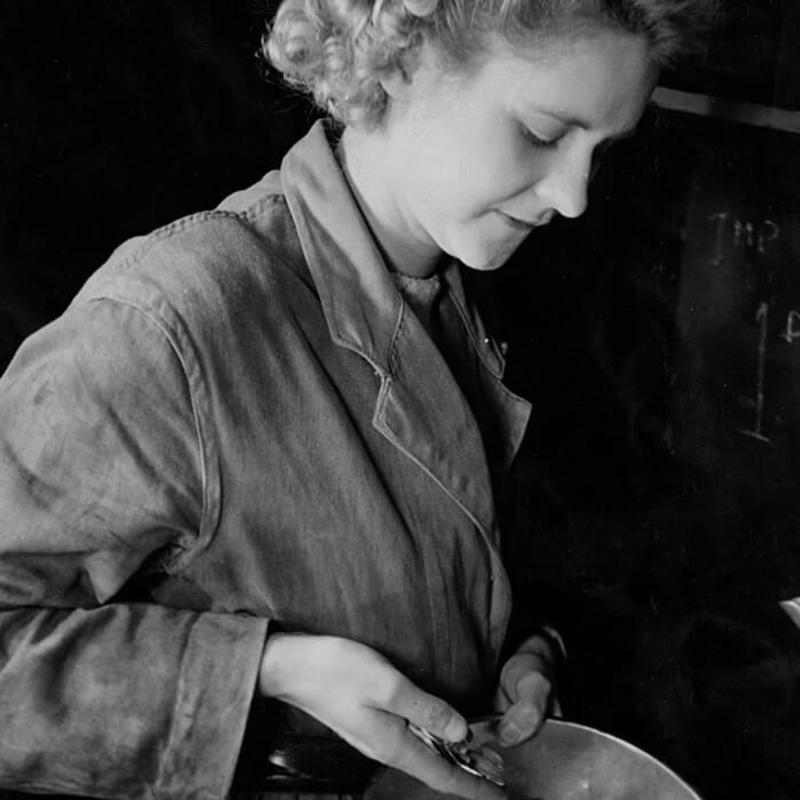
Women in the Mint
How did women begin working in coin production and how has their role in the Mint changed over time?

